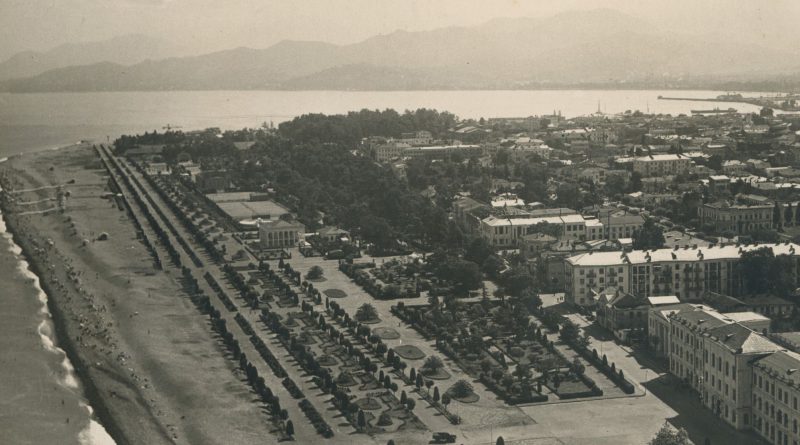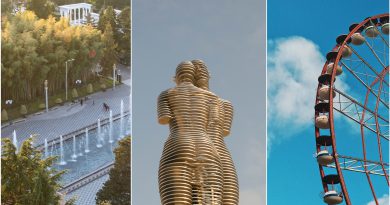History of development of Batumi
At the beginning of the 80s of the 19th century, Batumi changed before the spectator’s eyes. The city has become amazingly interesting and diverse. Since 1878, the interest towards it has increased. The ways of visiting this place were different. Europeans used to travel mainly by ship, some chose trains and others chose horses. In 1878-1886, the harbor of Batumi was declared as Porto-Franco, which contributed to the growth of the city. In 1883, the Baku-Batumi railway was built. and in 1897-1907, the port was reconstructed and connected to Baku with an oil pipeline. From April 1888, Batumi gained the status of a self-governing city.
Many large and small ships from different countries entered Batumi port. Along the harbor, in one part of the city, along with Georgian language, you would meet many people speaking Russian, Armenian, Turkish, Greek, English, German, or French, and you would hear interesting dialogues. In the other part of the city, German Ressler and French D’Alphonse were building Batumi Boulevard.

According to the French orientalist Jean Murier, by 1885 the consulates of nine countries were operating in Batumi:
- France,
- England,
- Spain,
- Turkey,
- Germany,
- Austria-Hungary,
- Belgium,
- Italy,
- the USA.
Soon in this add Greece, the Netherlands, Japan, Persia, Denmark, Sweden, and Norway consulates.
It is very difficult to remember a city in Georgia at that time that was developing at such a fast pace as Batumi. It is worth noting the ethnic, religious and cultural diversity of the city, which became one of the main reasons for the rapid development of Batumi. According to the population census at that time, Armenians, Russians, Jews and Greeks lived in Batumi together with Georgians. There was a diverse religious composition in the city, you would meet Orthodox and Catholic Christians, Muslims, Jews. You will find amazing description of Batumi and various stories about it in the notes of many travelers who keep their special memories and emotions.




